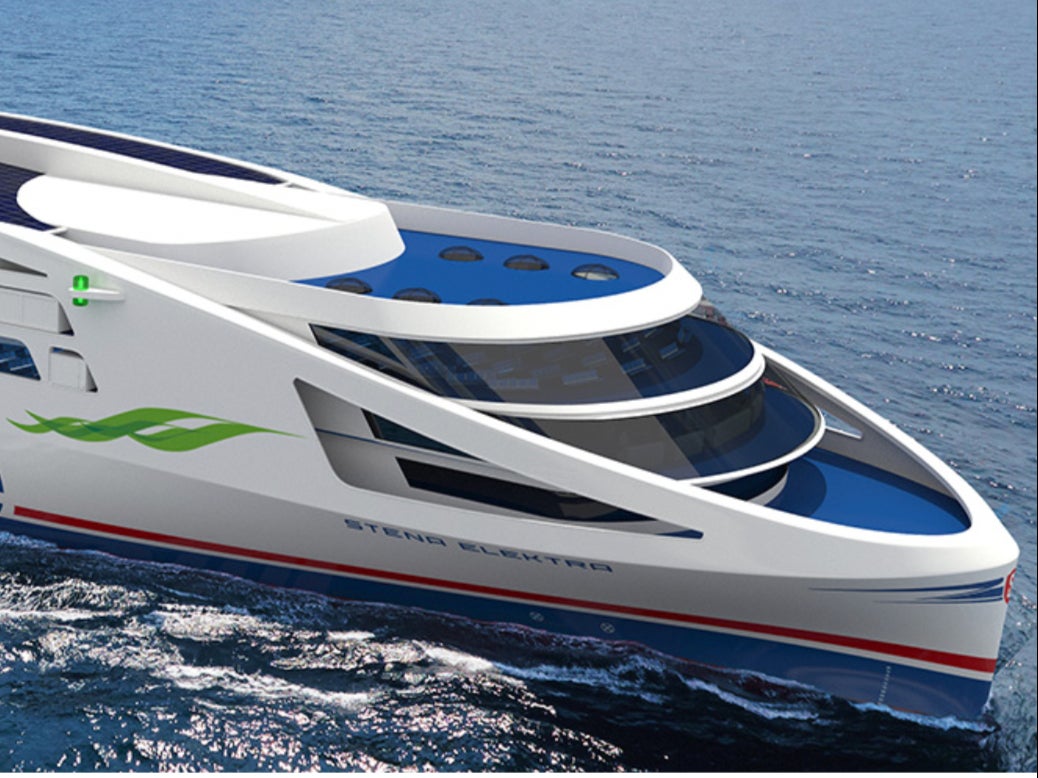How green is your ship?
Deck Talk: The next ferry is ‘fuel agnostic’ – and the one after that, electric

Zero-carbon transport is an elusive concept: electric and hydrogen-powered vehicles may be zero-emission, but the energy that lies behind them probably isn’t.
For millennia, of course, wind powered the navies – merchant and military – of the world. There is still untapped potential for bringing the breeze to bear on shipping.
But these days ferry operations rely on hydrocarbons to stay on schedule, producing emissions from nitrogen oxides to CO2. Shipping is a very significant contributor of the former, while carbon dioxide is generated in almost all circumstances involving moving any large entity around the planet.
You can find the occasional exception. Last August I took a car ferry across the Elbe river in eastern Germany that was powered purely by the force of the water flowing towards Hamburg and the North Sea.
The ferry is held in place by cables, but when the captain points the bow slightly downstream, elementary physics means that a component of the force moves it sideways across the river.
A similar concept has been practised in the city of Basel for centuries, only for much smaller, passenger boats.
Don’t try this on open water. But from next month, a new breed of vessel will be shuttling between Portsmouth and northern Spain, which has the intriguing characteristic of being both less damaging than current ferries and “fuel agnostic” about future solutions.
She is Salamanca – which Brittany Ferries describes as “cleaner today and greener tomorrow”.
To unpack that slogan, the vessel will initially run on liquid natural gas (LNG). Given the current price of that form of energy to householders, you might think this winter is not the ideal time to introduce such a concept ship. But the owners have their eye on a gentler and more efficient future.
Salamanca is intended to be a lean performer, with computer design for maximising the nautical miles for every tonne of LNG. Sulphur and soot are virtually eliminated with the new power source, and nitrogen oxides are reduced by 90 per cent.
But Brittany Ferries will be happy to run the ship on a more renewable options such as e-methane – a synthetic substance created using power from sustainable sources.
The line’s chief executive, Christophe Mathieu, says: “We have a responsibility to bring cleaner vehicles to market and that is what we have done.”
What about electric ferries, though? The elephantine problem with electric planes is power density: batteries are so heavy for the amount of energy they provide, that long journeys are currently impossible. Ships have a lot more room, and the significant advantage of not having to be kept aloft.
Happily, by 2030 a revolutionary electric ferry should be with us – or rather “them”: the motorists, truck drivers and passengers on the Baltic.
Stena Line, whose HQ is in Gothenburg, plans to launch Stena Elektra between its Swedish home port and Frederikshavn in northeast Denmark – a distance of about 50 nautical miles, roughly the same as Newhaven-Dieppe.
The detail is yet to be finalised, but Stena insists: “The target is absolute.”
Join our commenting forum
Join thought-provoking conversations, follow other Independent readers and see their replies
Comments
Bookmark popover
Removed from bookmarks